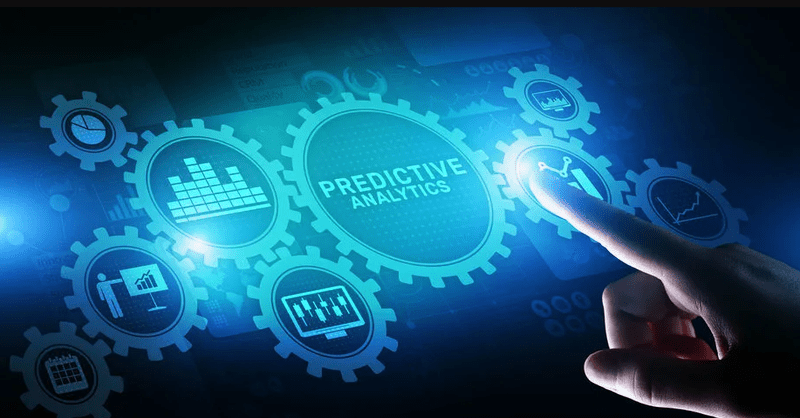⚠️ IMPORTANT LEGAL DISCLAIMER:
The information provided on this page is for general informational purposes only and does not constitute legal, financial, or investment advice. Oil and gas laws, mineral rights regulations, and royalty structures vary significantly by state and jurisdiction. While we strive to provide accurate and up-to-date information, no guarantee is made to that effect, and laws may have changed since publication.
You should consult with a licensed attorney specializing in oil and gas law in your jurisdiction, a qualified financial advisor, or other appropriate professionals before making any decisions based on this material. Neither the author nor the publisher assumes any liability for actions taken in reliance upon the information contained herein.
Understanding the Fundamentals of Royalty Valuation
Royalty valuation is the process of determining the fair value of payment streams resulting from intellectual property or natural resources. Royalties can be structured as a percentage of revenue, profit, or as fixed sums per unit sold. Valuation methods typically include the cost, market, and income approaches:
- Cost approach considers the expenses incurred to develop the IP.
- Market approach involves comparing similar transactions and adjusting for differences.
- Income approach projects future cash flows and discounts them to present value using an appropriate rate.
In some contexts, like pharmaceuticals, the discount rate reflects factors such as development stage, regulatory risk, and commercialization certainty.
Why AI and Predictive Analytics Are Game Changers
Artificial Intelligence (AI) and predictive analytics leverage vast historical data to identify patterns, forecast future events, and improve decision-making. In royalty valuation, these technologies bring significant advantages:
- Big data analysis enables mining extensive licensing and royalty datasets for comparables.
- Predictive modeling simulates outcomes under different scenarios, enhancing accuracy.
- Real‑time monitoring tracks performance metrics to validate assumptions and refine forecasts.
By integrating these techniques, valuation becomes more dynamic, objective, and tailored to actual market behavior.
Applications Across Industries
AI and predictive analytics are transforming royalty valuation across various sectors:
Technology and Software
Valuing software or patents requires accounting for rapid innovation cycles. AI can analyze comparable licenses and market trends to determine suitable royalty rates based on uniqueness, competitive dynamics, and lifecycle.
Pharmaceuticals and Biotechnology
Drug royalties are heavily influenced by development stage, approval risk, and exclusivity. Predictive models can simulate cash flows, discount them appropriately, and support data-driven decisions.
Entertainment and Media
Catalog valuation benefits from predictive analytics that forecast revenue streams from streaming, licensing, or synchronization. By leveraging historical data, AI can generate reliable projections for royalty income.
Natural Resources
In mining or oil and gas, factors like reserve quantities and production rates determine the royalty value. AI can model extraction trends and economic conditions to forecast income more accurately.
Advanced Techniques and Research in AI‑Driven Valuation
Risk‑Neutral Forecasting for Catalog Valuation
One approach uses historical revenue to forecast cash flows and derive multipliers for music catalogs. Discounted cash flow models combined with risk-neutral assumptions yield reasonable price ranges for catalog valuation.
Calibrated Machine Learning for Patent Valuation
Recent studies propose using machine learning to predict patent value based on quantitative indicators such as maintenance duration. These models offer high accuracy and reliability, and explainability is enhanced via SHAP analysis.
Regression Models in Pharmaceuticals
Analyses in the life sciences space use regression models incorporating variables like attrition rates, technology cycle time, market size, and licensee revenue to estimate royalty rates. These formula‑based tools improve precision in licensing negotiations.
Integrating AI Approaches with Traditional Valuation Models
While AI enhances valuation, integration with traditional models ensures robustness:
- Hybrid modeling combines comparable market data with AI-driven scenario forecasts.
- Calibrated AI models like those using SHAP or other explainability tools help optimize feature importance and improve stakeholder trust.
- Dynamic forecasting updated in real time melds predictive analytics with ongoing performance tracking.
Key Benefits of AI‑Powered Royalty Valuation
- Improved accuracy through data-driven insights.
- Reduced subjectivity, as algorithms handle valuation consistently.
- Scalability, enabling analysis across multiple assets.
- Real‑time adaptability, offering continuous updates aligned with market changes.
- Transparency, especially with explainable AI, building confidence among stakeholders.
Challenges and Considerations
Even as AI brings advantages, several challenges must be addressed:
- Data quality and availability: Reliability depends on comprehensive, comparable licensing data.
- Model trust: Valuation experts may hesitate to rely on opaque algorithms; explainable ML techniques like SHAP can help.
- Regulatory and legal scrutiny: Courts may reject heuristic valuation like the “profit split” without robust evidence.
- Industry specificity: Models trained on one sector may not generalize well to others, requiring tailored approaches.
- Evolving IP types: Valuing AI‑generated content and new IP classes may introduce ambiguity and require novel frameworks.
Emerging Trends Shaping Future Valuation Practices
- Blockchain and IP management: Technologies enabling transparent licensing and traceable usage may affect how valuations are structured.
- AI-generated content valuation: As generative AI becomes more prevalent, royalty models must adapt to attribution and revenue-sharing complexities.
- Geographically nuanced valuations: Global licensing requires adapting valuation to local markets, laws, and consumer behavior.
- ESG considerations: IP aligned with sustainability or social governance may command premium valuations.
- Real-time and adaptive pricing: AI models may enable dynamic royalty adjustments informed by streaming data or market shifts.
Practical Guidance for Implementing AI‑Driven Valuation
- Start small: Pilot AI models on a subset of assets and validate against established methods.
- Blend approaches: Use traditional models as benchmarks while integrating predictive enhancements.
- Ensure explainability: Leverage techniques such as SHAP to disclose how AI arrives at its valuations.
- Use quality data: Invest in reliable datasets or subscription to royalty benchmarking services.
- Stay legally compliant: Build defensible valuation processes that can be supported in disputes.
- Monitor continuously: Regularly recalibrate models with fresh data and evolving market conditions.
Future Outlook for AI‑Enhanced Royalty Valuation
AI and predictive analytics are fundamentally reshaping how royalties are valued—making valuations more precise, scalable, and responsive. As new asset classes arise (e.g. AI-generated IP, blockchain‑enabled properties), valuation must evolve too. Forward-thinking organizations that embrace hybrid AI-traditional models, robust datasets, and transparent methodologies will gain a competitive advantage in licensing, M&A, and investment decisions.
AI and predictive analytics are revolutionizing royalty valuation across industries—from tech and pharma to media and energy. These tools transform how value is assessed: enabling granular modeling, dynamic scenario simulation, and refined forecasting. By integrating AI with traditional valuation frameworks, stakeholders can gain accuracy, transparency, and scalability. While challenges remain—in data quality, explainability, and legal defensibility—the potential benefits make this approach a compelling evolution for royalty valuation.
Do you have any questions related to AI and Predictive Analytics? Feel free to contact us here.









